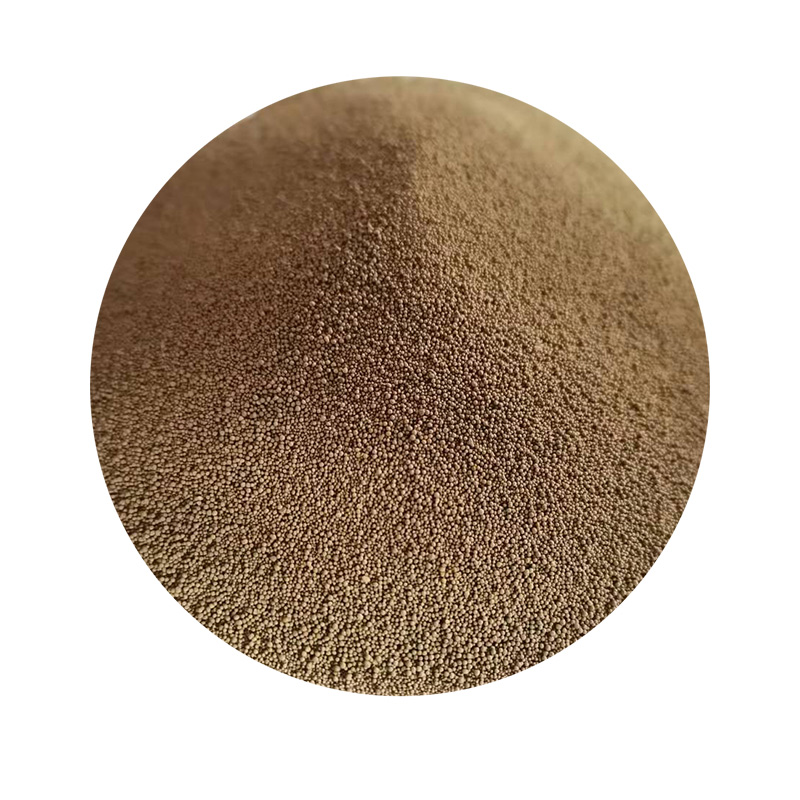Exploring the Future of Sand 3D Printing
In the rapidly evolving world of additive manufacturing, sand 3D printing has emerged as a revolutionary technology that is transforming various industries, particularly in the realms of construction, mold making, and sculpture. This innovative process leverages the unique properties of sand to create intricate and durable structures, paving the way for new opportunities and solutions in traditional manufacturing practices.
One of the key benefits of sand 3D printing is its ability to produce complex geometries that are often impossible to achieve with conventional methods. Traditional sand casting involves creating a mold by packing sand around a pattern, which then must be removed and discarded. In contrast, sand 3D printing directly constructs the mold layer by layer, utilizing a binder to solidify the sand particles in selected areas. This process not only reduces material waste but also allows for the design of custom, lightweight structures that maintain structural integrity.
Exploring the Future of Sand 3D Printing
Moreover, sand 3D printing is revolutionizing the field of mold and die making. Traditionally, the process of creating molds for metal casting is time-consuming and labor-intensive. With sand 3D printing, manufacturers can produce highly accurate and intricate molds quickly, thus streamlining production processes. The flexibility of the technology allows for rapid prototyping, enabling engineers and designers to test and iterate their designs more efficiently. As a result, companies can bring products to market faster, ultimately improving their competitiveness.
sand 3d printing

Beyond construction and manufacturing, sand 3D printing is making waves in the art and design world. Artists and sculptors are increasingly adopting this innovative technique to create large-scale installations and intricate sculptures. The ability to produce detailed textures and complex designs opens up new avenues for artistic expression. Furthermore, the use of sustainable materials and local sand aligns well with the ethos of many contemporary artists who prioritize environmental consciousness in their work.
However, despite its numerous advantages, sand 3D printing is not without challenges. One major hurdle is the need for specialized machinery and equipment, which can be costly for small businesses or individual artists. Additionally, while the technology has made great strides, achieving the same quality and finish as traditional methods still requires further development. The industry must continue to innovate and improve the printing capabilities to make sand printing a more viable option for mass production.
As the technology matures, collaborations among stakeholders—ranging from material scientists to engineers and artists—will be crucial in advancing the field. Research into new binder materials and the exploration of alternative sand types can enhance the properties of the printed products, leading to stronger and more versatile structures. Moreover, companies dedicated to integrating artificial intelligence with sand 3D printing could optimize designs and production processes, further driving efficiency and sustainability.
In conclusion, sand 3D printing represents a significant advancement in the additive manufacturing landscape. Its potential to create complex structures efficiently and sustainably could redefine conventional manufacturing and construction methods. As industries continue to embrace this technology, it will be essential to address current limitations while fostering collaboration and innovation. The future of sand 3D printing looks promising, with the potential to not only transform how we build and create but also to inspire a new generation of makers and thinkers to reimagine the possibilities of design and architecture. As we stand on the brink of this exciting frontier, it is clear that sand 3D printing will play a pivotal role in shaping the future of manufacturing and artistry.
Post time:Dec . 03, 2024 23:20
Next:Techniques for Smoothing 3D Printed Objects to Achieve a Professional Finish
